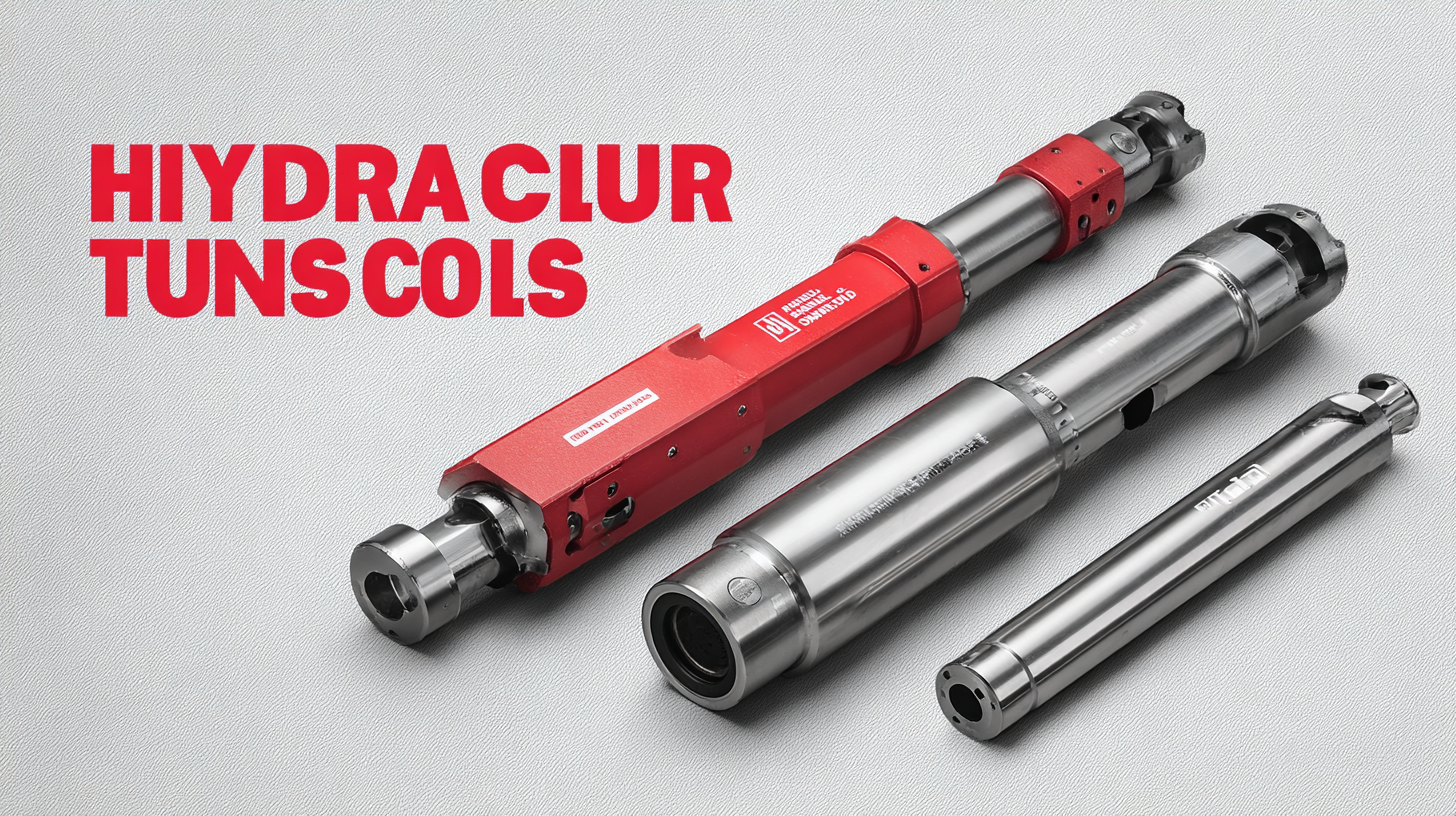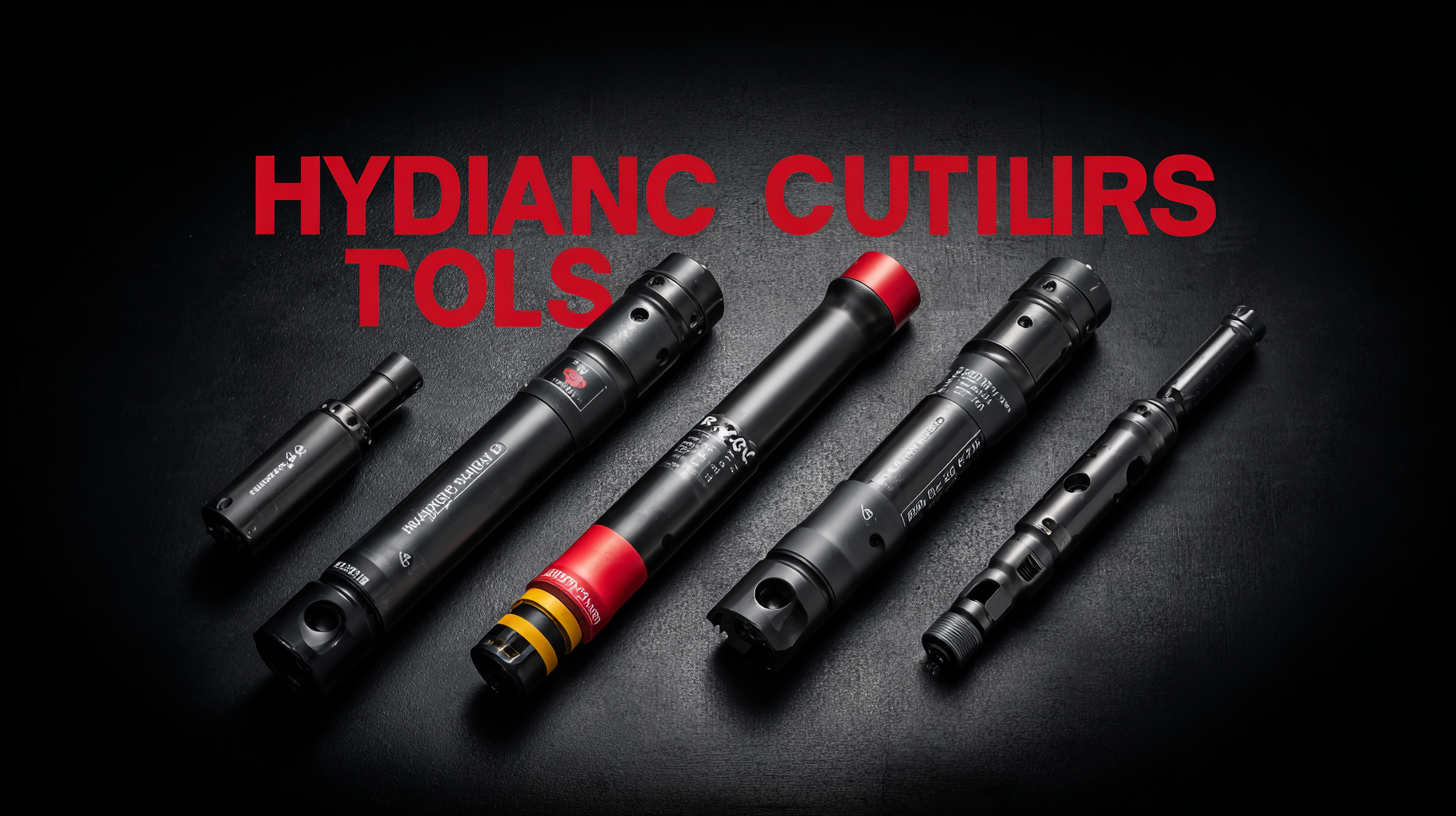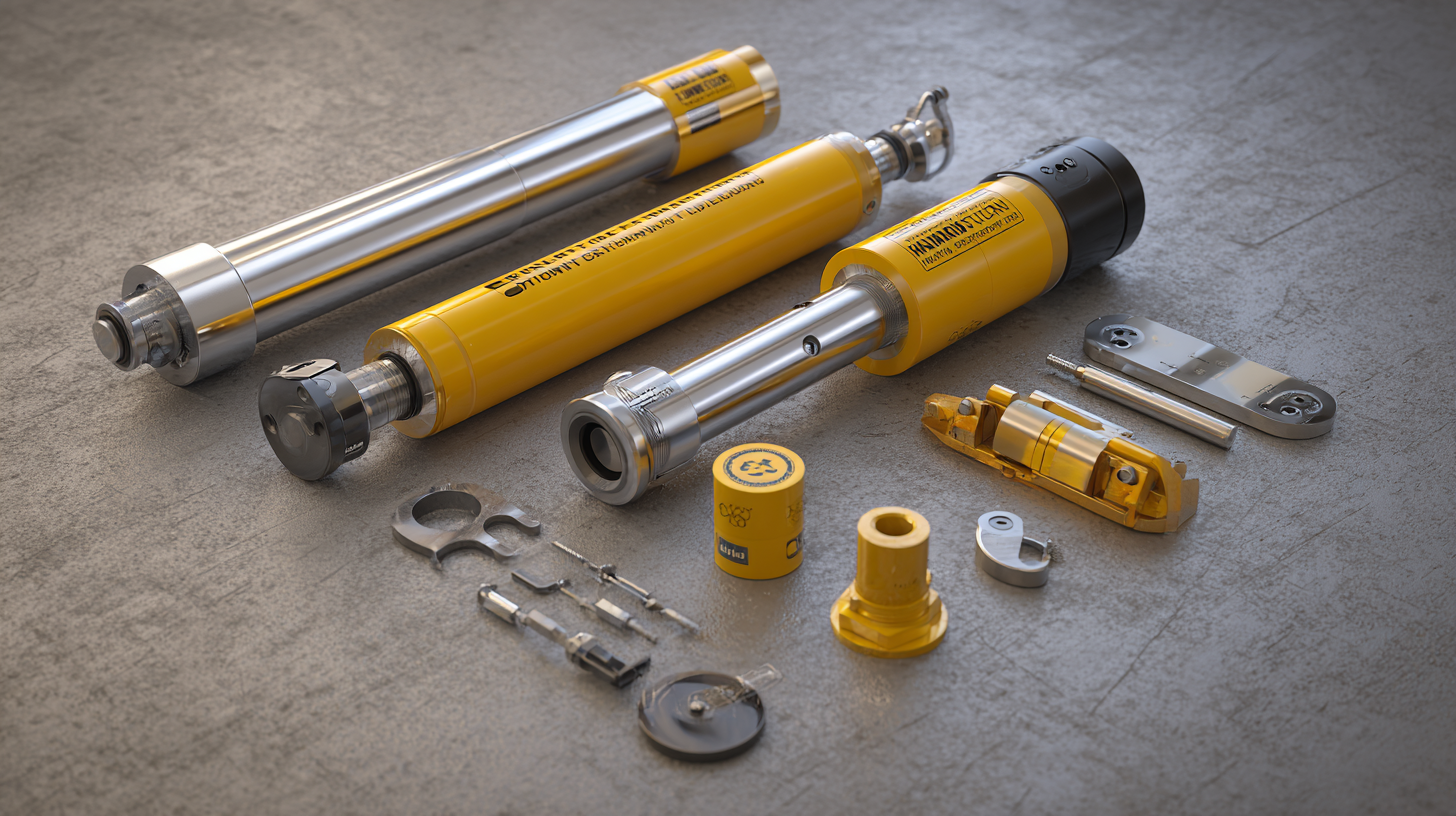International Fluid Power Inc.
International Fluid Power - Innovative Partners For Global Sourcing Of Fluid Power Products. Your Complete Hydraulic Source in SE Minnesota.
INTERNATIONAL FLUID POWER, INC.
Solutions for Optimal Hydraulic Cylinder Tools Efficiency
In today's competitive industrial landscape, the efficiency of Hydraulic Cylinder Tools is paramount for maximizing operational performance and reducing downtime. According to recent reports from the International Society of Automation, inefficiencies in hydraulic systems can lead to production losses of up to 20%, emphasizing the need for optimized tooling solutions.
 Companies that leverage advanced technologies, such as predictive maintenance and real-time monitoring, have observed up to a 30% increase in the lifespan of their hydraulic tools. This underscores the importance of adopting best practices and innovative strategies to enhance the functionality and durability of Hydraulic Cylinder Tools. As industries continue to evolve and face new challenges, implementing effective solutions for hydraulic tool efficiency becomes increasingly critical, driving the push for smarter and more resilient machinery.
Companies that leverage advanced technologies, such as predictive maintenance and real-time monitoring, have observed up to a 30% increase in the lifespan of their hydraulic tools. This underscores the importance of adopting best practices and innovative strategies to enhance the functionality and durability of Hydraulic Cylinder Tools. As industries continue to evolve and face new challenges, implementing effective solutions for hydraulic tool efficiency becomes increasingly critical, driving the push for smarter and more resilient machinery.
Understanding Hydraulic Cylinder Tools: Types and Functions
Hydraulic cylinder tools are essential components in various applications, benefiting from their ability to generate substantial force with precision. Understanding the types and functions of these tools can lead to optimal efficiency in their use. The global hydraulic cylinder market, valued at approximately USD 14.3 billion in 2021, is projected to reach USD 18.3 billion by 2027, highlighting the growing demand for these essential devices in industrial sectors.
In the context of mechatronics, hydraulic and pneumatic systems integrate seamlessly with electronic controls to enhance performance and reliability. The industry's advancement is evidenced by a notable projected growth in the industrial hydraulic equipment market, estimated to increase at a CAGR of 4% from USD 46.5 billion in 2024 through 2034. This signifies not only a trend towards more efficient hydraulic tools but also a broader acceptance of fluid power technologies in modern automated systems. As industries explore these advancements, upgrading hydraulic cylinder components can significantly improve machinery performance, aligning with the increasing market needs.
Hydraulic Cylinder Tools Efficiency by Type
Key Factors Influencing Hydraulic Cylinder Efficiency
The efficiency of hydraulic cylinders is influenced by several key factors that contribute to their overall performance in mobile machinery and industrial applications. Recent advancements in digital control systems have demonstrated significant improvements in speed and force output, enhancing the functionality of hydraulic tools. For example, the introduction of digital hydraulic systems has been shown to improve efficiency rates, which is essential as the hydraulic cylinder market is projected to grow to USD 9.2 billion by 2035, with a compound annual growth rate (CAGR) of 4.15%.
 Moreover, the design and construction of multi-stage hydraulic cylinders play a crucial role in ensuring structural safety and operational efficiency. These cylinders, commonly used in cranes and trucks, have been optimized to meet the demanding requirements of horizontal working distances. Furthermore, innovations in sensor technologies for performance monitoring of hydraulic valves could drive efficiency by addressing the challenges faced within hydraulic fluid power systems. As the industry evolves, these technological advancements not only enhance the performance of hydraulic cylinders but also align with the growing demand for quieter and more efficient machinery in construction and other sectors.
Moreover, the design and construction of multi-stage hydraulic cylinders play a crucial role in ensuring structural safety and operational efficiency. These cylinders, commonly used in cranes and trucks, have been optimized to meet the demanding requirements of horizontal working distances. Furthermore, innovations in sensor technologies for performance monitoring of hydraulic valves could drive efficiency by addressing the challenges faced within hydraulic fluid power systems. As the industry evolves, these technological advancements not only enhance the performance of hydraulic cylinders but also align with the growing demand for quieter and more efficient machinery in construction and other sectors.
Best Practices for Maintaining Hydraulic Cylinder Tools
Maintaining hydraulic cylinder tools is crucial for ensuring optimal efficiency and extending the service life of these vital components in various industries. According to a report by the International Fluid Power Society, approximately 25% of hydraulic failures can be traced back to inadequate maintenance practices. This highlights the necessity for implementing best practices that focus on regular inspections and preventive measures. Professionals are encouraged to schedule routine checks, including fluid level assessments and seal integrity evaluations, to identify potential issues before they escalate into costly repairs.
In addition to proactive maintenance, utilizing high-quality hydraulic fluids is essential for optimal tool performance. The Society of Automotive Engineers states that using the right type of hydraulic fluid can increase system efficiency by up to 15%. Proper fluid selection not only enhances lubrication but also prevents corrosion and reduces wear on components. Technicians should also be trained to recognize the signs of fluid degradation, ensuring timely replacements to keep systems running smoothly. By adhering to these best practices, organizations can significantly boost the reliability and efficiency of their hydraulic cylinder tools.
Innovative Technologies Enhancing Hydraulic Cylinder Performance
Innovative technologies are at the forefront of enhancing hydraulic cylinder performance, driving efficiency and precision to new heights. One of the compelling advancements in this field is the incorporation of smart sensors and IoT connectivity. These sensors enable real-time monitoring of hydraulic systems, allowing for immediate adjustments and optimization. By analyzing data such as pressure levels, temperature, and fluid flow, operators can identify potential issues before they escalate, ensuring the hydraulic cylinders operate at peak performance.

Additionally, advancements in materials, such as the use of lighter and more durable composites, have significantly improved the resilience and longevity of hydraulic cylinders. These materials not only reduce weight but also enhance the cylinders' resistance to wear and environmental factors. Furthermore, the integration of automated systems for maintenance scheduling and predictive analytics contributes to minimizing downtime, ensuring that hydraulic equipment remains operational and efficient. As these innovative technologies continue to evolve, they are set to revolutionize the hydraulic industry, providing tools that not only enhance performance but also deliver sustainable solutions for the future.
Common Challenges and Solutions in Hydraulic Cylinder Operations
Hydraulic cylinders play a crucial role in various heavy-duty operations, but their efficiency can often be compromised by common challenges. One notable issue is hydraulic malfunction, particularly in cranes where operators face the difficulty of recalibrating the arm's counterbalance valve with every change in load weight. This problem not only hampers productivity but also raises safety concerns, as improper adjustments can lead to unstable operations.
To tackle such challenges, operators can implement proactive maintenance routines. Regularly inspecting hydraulic systems for leaks, wear, and proper fluid levels can prevent unexpected failures. Additionally, incorporating advanced monitoring tools that provide real-time data on pressure and functionality can enhance operational safety and efficiency. By staying ahead of potential issues, teams can minimize downtime and ensure smooth operations.
Investing in operator training is also essential. Providing comprehensive training on hydraulic systems can empower operators to better understand and rectify minor malfunctions independently. This knowledge can lead to quicker responses and reduce reliance on external support, ultimately improving the overall efficiency of hydraulic cylinder tools in operation.
Solutions for Optimal Hydraulic Cylinder Tools Efficiency - Common Challenges and Solutions in Hydraulic Cylinder Operations
| Challenge | Solution | Impact | Implementation Time |
|---|---|---|---|
| Leaking Seals | Regular maintenance and seal replacement | Increased reliability and reduced downtime | 1-2 hours |
| Inefficient Power Usage | Use of variable speed drives | Improved energy efficiency | 1 day |
| Cylinder Misalignment | Alignment fixtures and regular checks | Reduced wear and prolongs lifespan | 1-3 hours |
| Contaminated Fluids | Installation of filtration systems | Enhanced performance and longevity | 2-4 hours |
| Overheating Components | Improved cooling systems and monitoring | Safe operation and reduced failures | 1 day |
You Can Find International Fluid Power Here:
Search For:
Footer #4 Widget
This is an example of a widget area that you can place text to describe a product or service. You can also use other WordPress widgets such as recent posts, recent comments, a tag cloud or more.
© 2025 International Fluid Power, Inc. All Right Reserved.